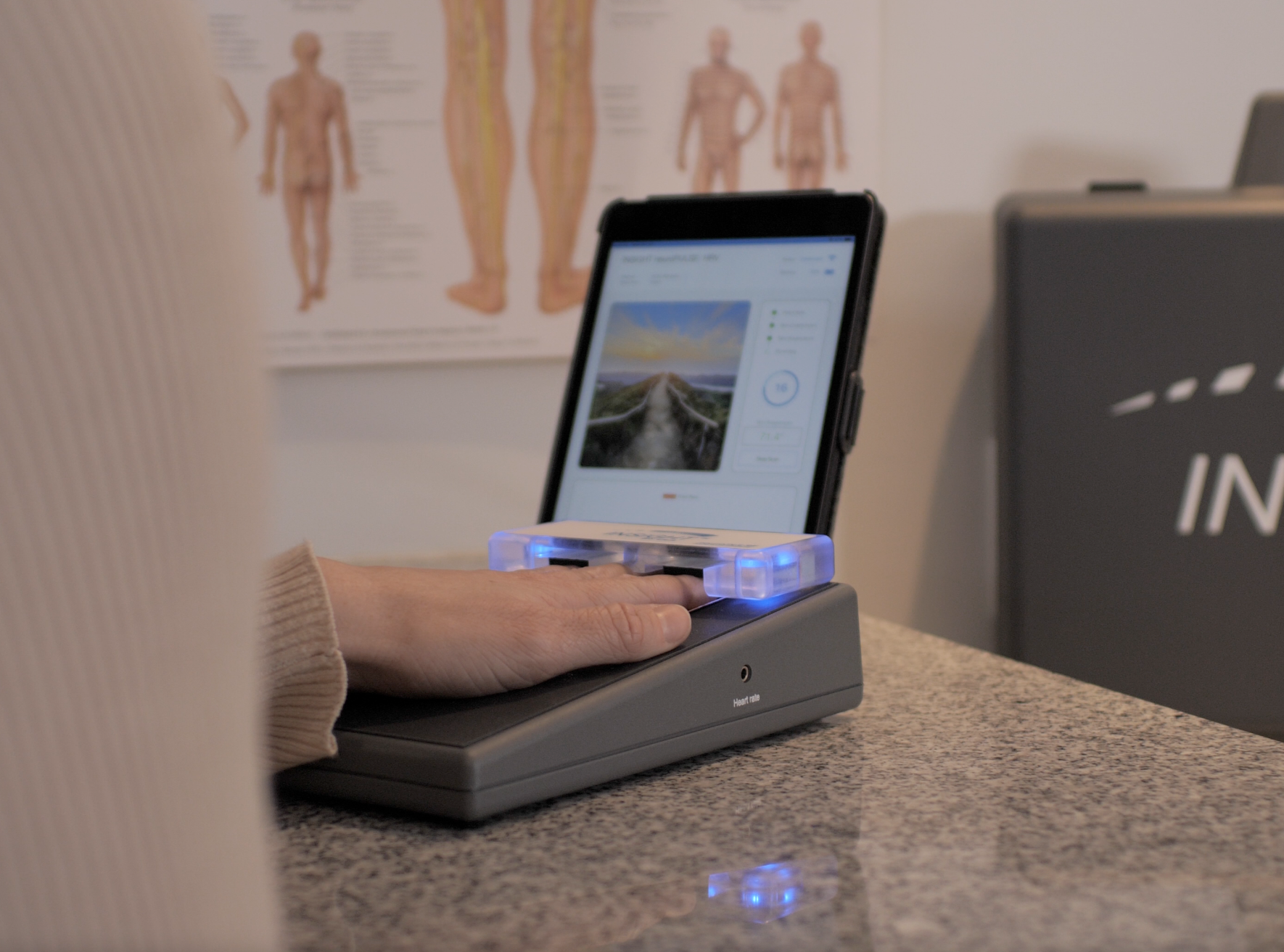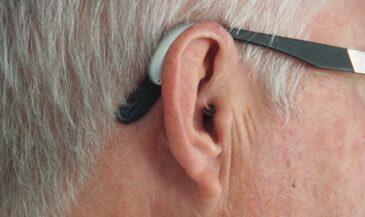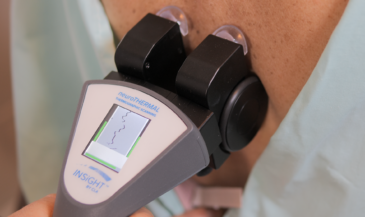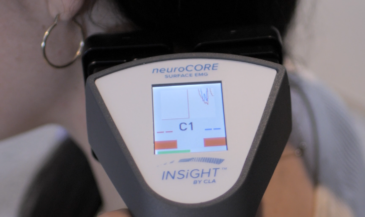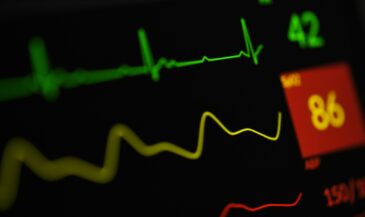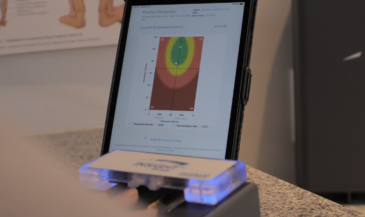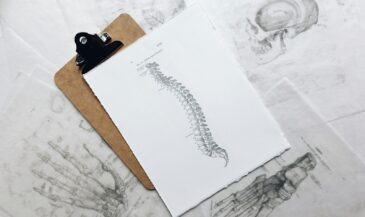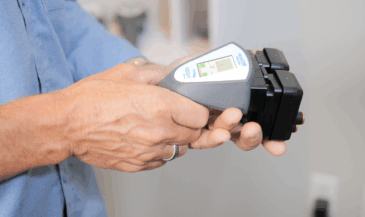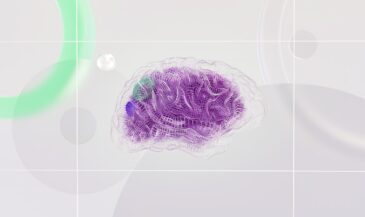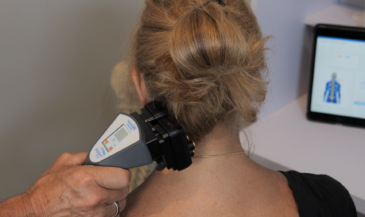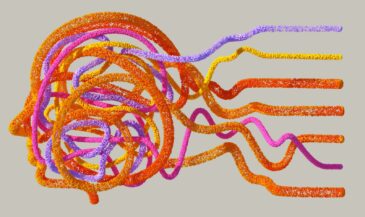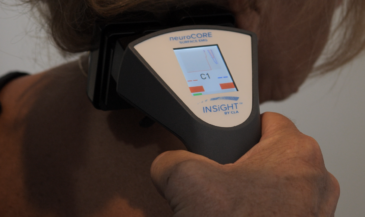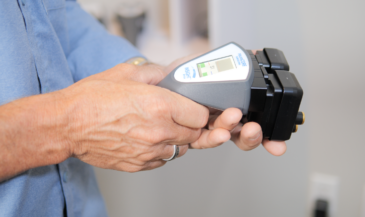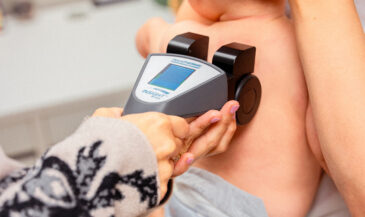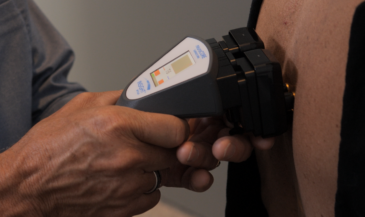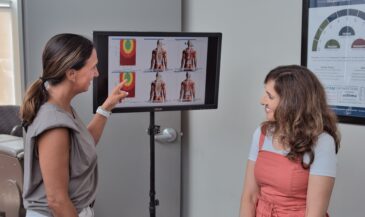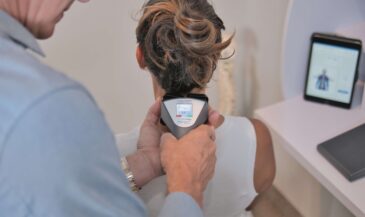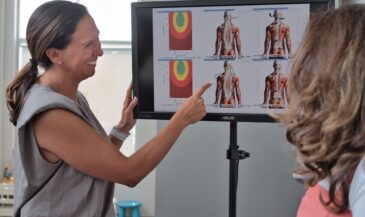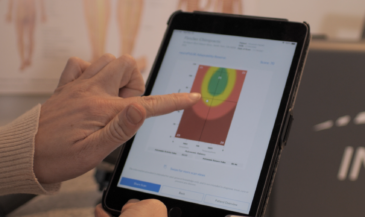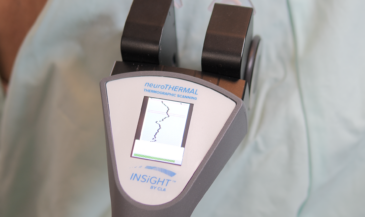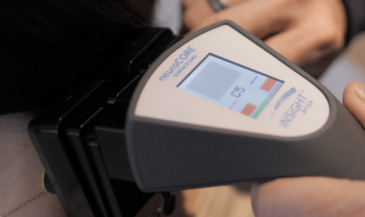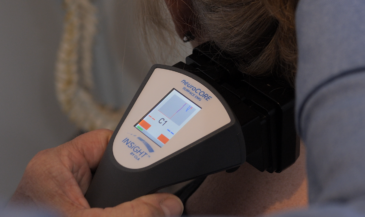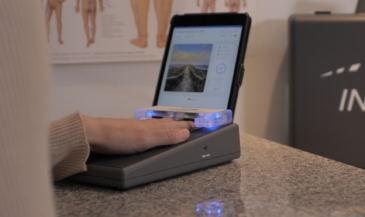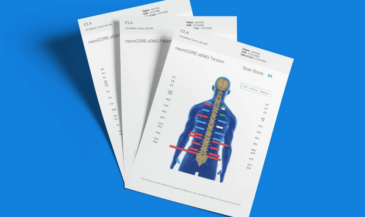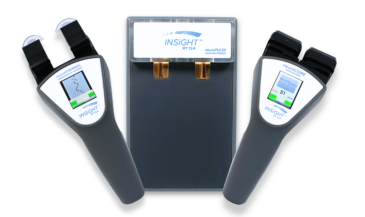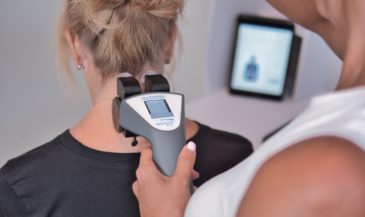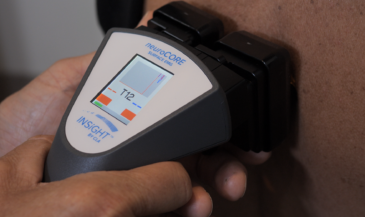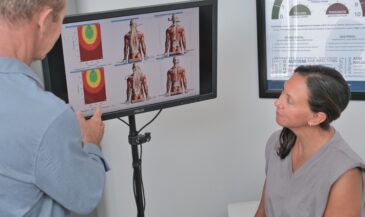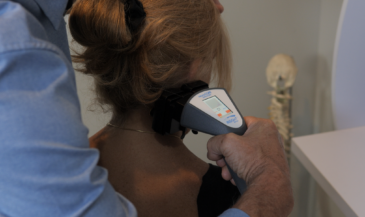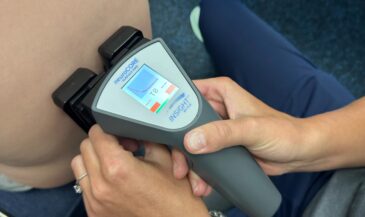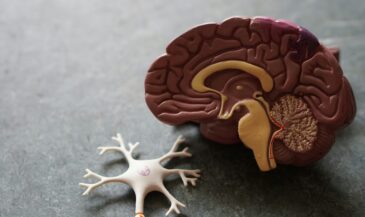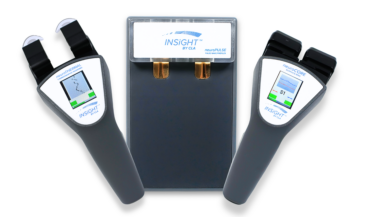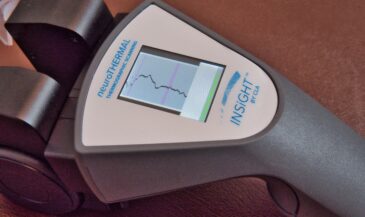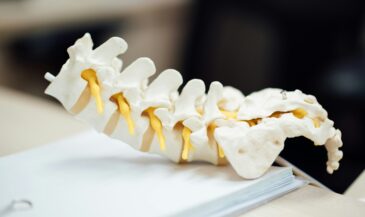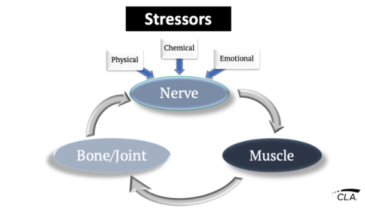Part 4 in The Destructive D series
The title of this blog might sound like a Motown band from the ’70s, but Dyskinesia is far more than a catchy name—it’s a crucial metric in chiropractic assessments. As we explore the Destructive D’s, it’s time to dance along with the details that make Dyskinesia one of the most minimized yet important factors in understanding and managing spinal health.
What is Dyskinesia?
Dyskinesia refers to altered kinetic function, which means abnormal or impaired movement. While it’s often associated with diseases like Parkinson’s, where it manifests as uncontrollable and involuntary movements, Dyskinesia in the chiropractic context speaks to altered motion in the spinal joints due to suboptimal neuromuscular control. This isn’t just a matter of stiff or poorly moving joints—Dyskinesia is a neurological event that reflects a loss of control within the body’s nervous system.
When we think about the impact of spinal misalignments, it’s easy to imagine that the motion and position of spinal joints would be affected. Many chiropractic students come from a kinesiological background under the belief that chiropractic is mostly about the restoration of joint mobility. However, Dyskinesia goes beyond just joint movement; it involves the muscle activity that controls these joints and the neurological signals that guide this activity. When spinal joints don’t move correctly, they send a lot of “noisy” information along neurological pathways, disrupting the clear communication that is essential for healthy function.
Dyskinesia: A Central Component of Vertebral Subluxation
Dyskinesia is a core element of the vertebral subluxation complex—a condition where spinal misalignments lead to a cascade of health and behavioral issues. The presence of Dyskinesia indicates not just a mechanical problem but a profound neurological disruption that affects the entire body. Neurology is infinitely connected to every bodily function, both locally and globally. What affects the part impacts the whole. Assessing a local spinal segment for restriction or observing affected postures should trigger a line of questioning to assess the impact on the whole person. Dyskinesia, as part of the subluxation complex, is directly related to a loss of control in the nervous system, leading to altered spinal function and broader health challenges.
The Chiropractic Approach to Dyskinesia Chiropractic care is unique in its approach to Dyskinesia because it focuses on correcting the underlying neurological interference that causes altered movement. By adjusting the spine, chiropractors aim to restore normal joint movement and, more importantly, recalibrate the neurological pathways that control these movements. This process helps clear the “noise” in the system, allowing for smoother, more coordinated movements, which in turn contributes to overall well-being.
Dyskinesia is not just a result of spinal misalignments; it’s also a causative factor in prolonged postural compensations and is closely related to the other “Destructive D’s,” especially Dysponesis. The spine has 24 moveable segments with facets loaded with proprioceptive sensors that connect directly via the spinocerebellar tracts to the brain (cerebellum). The adage “Garbage In, Garbage Out” relates to the noise in neurological communication that not only affects posture but wastes essential neurological energy.
Measuring Dyskinesia with INSiGHT Scanning Technologies
Here’s the bottom line: Dyskinesia and the other Destructive D’s are measurable! That means that chiropractic care planning based on objective data is a logical and reproducible process that looks far beyond how a patient is feeling. CLA has invested years of development to refine INSiGHT scanning so that the Destructive D’s can be individually identified and tracked. Dyskinesia, for example, can be specifically tracked using the INSiGHT spineROM which complements the use of the neuroPULSE (HRV), neuroCORE (sEMG), neuroTHERMAL exams.
You can specifically measure Dyskinesia using the spineROM. This dual inclinometer is designed to evaluate spinal movement across different regions of the spine. The data collected not only identifies areas of restricted movement but also reflects the neurological interference that contributes to broader health issues. With reports referencing AMA data tables for disability ranking, the spineROM provides a comprehensive view of how Dyskinesia is impacting a patient’s health and guides the care plan to restore normal function.
Bringing It All Together
Dyskinesia is more than just a physical issue; it’s a neurological event with widespread effects on health and well-being. Chiropractic recognized the connection between spinal-neurological function on human health, well-being, and performance. That is why the basis of the chiropractic approach is referred to as a vertebral subluxation. It is also why the art of chiropractic is not limited to assessing spinal joint fixation but links Dyskinesia to the neurological event that it really is.
Through precise measurement and targeted adjustments, chiropractors help patients achieve better control of both their spine and their nervous system. It’s important for chiropractors and assistants to be aware of the technological advancements that exist for neurological examinations and reporting. The mission of CLA is to see an INSiGHT scanning system in every chiropractic office on our planet, ensuring that every patient, from newborns to super seniors, can benefit from an INSiGHT chiropractic evaluation, whether it begins with wellness checks or manages bigger challenges.
Enhance your practice with the quick, reliable, and informative scans provided by INSiGHT scanning. Chat with our team to get started today, or click here to take our Practice Blocker Quiz to find out if scanning is right for you.







